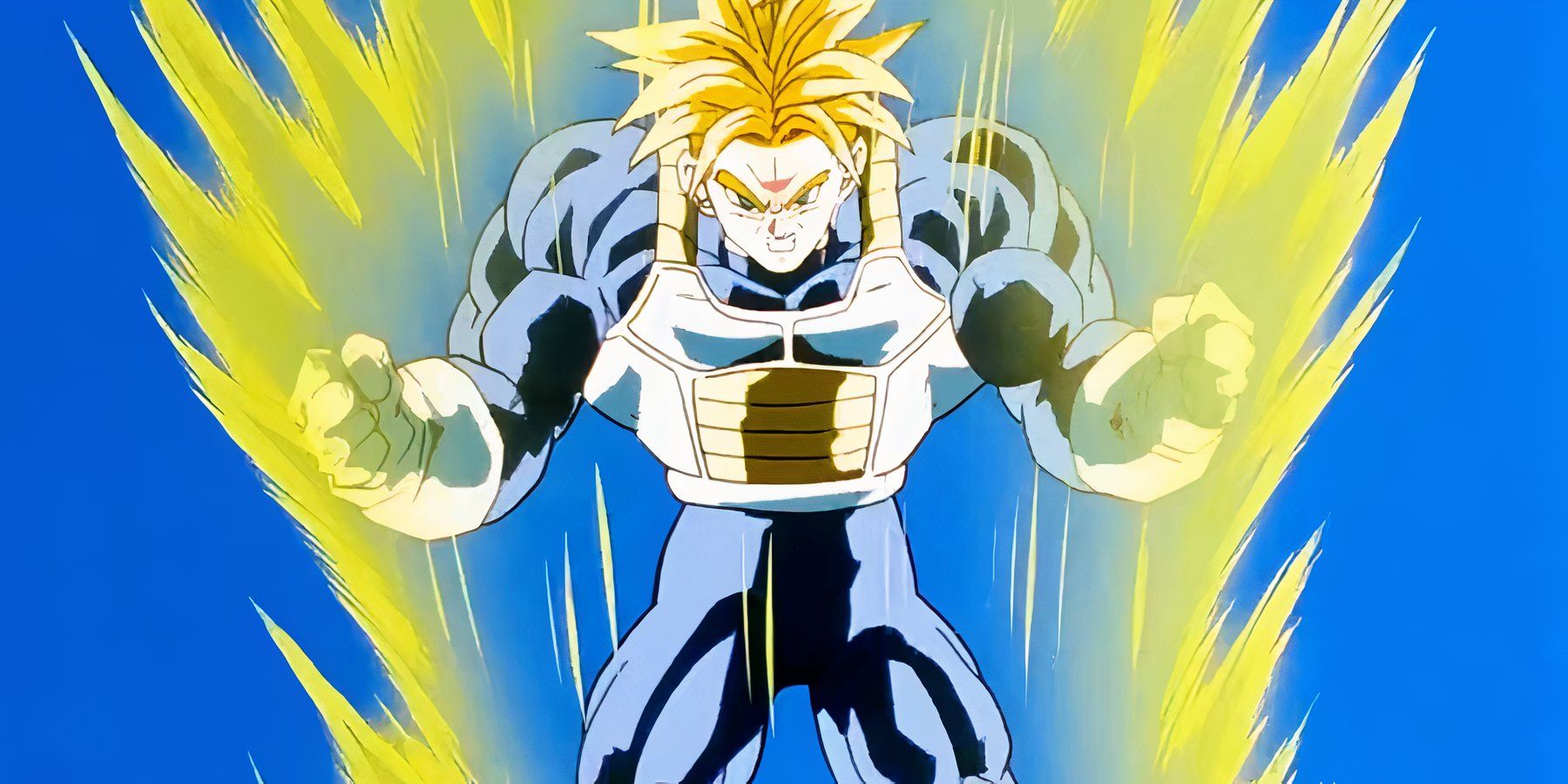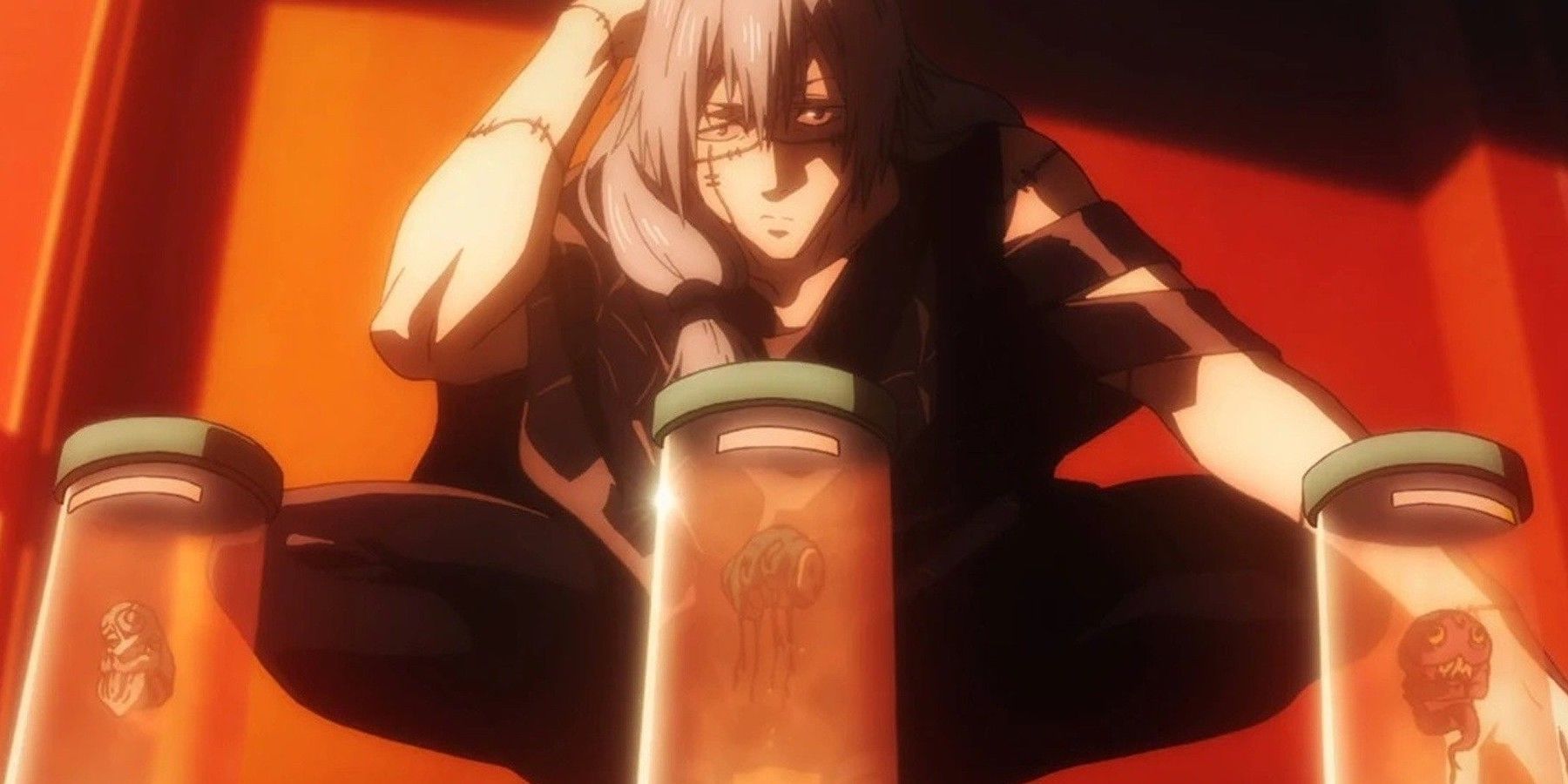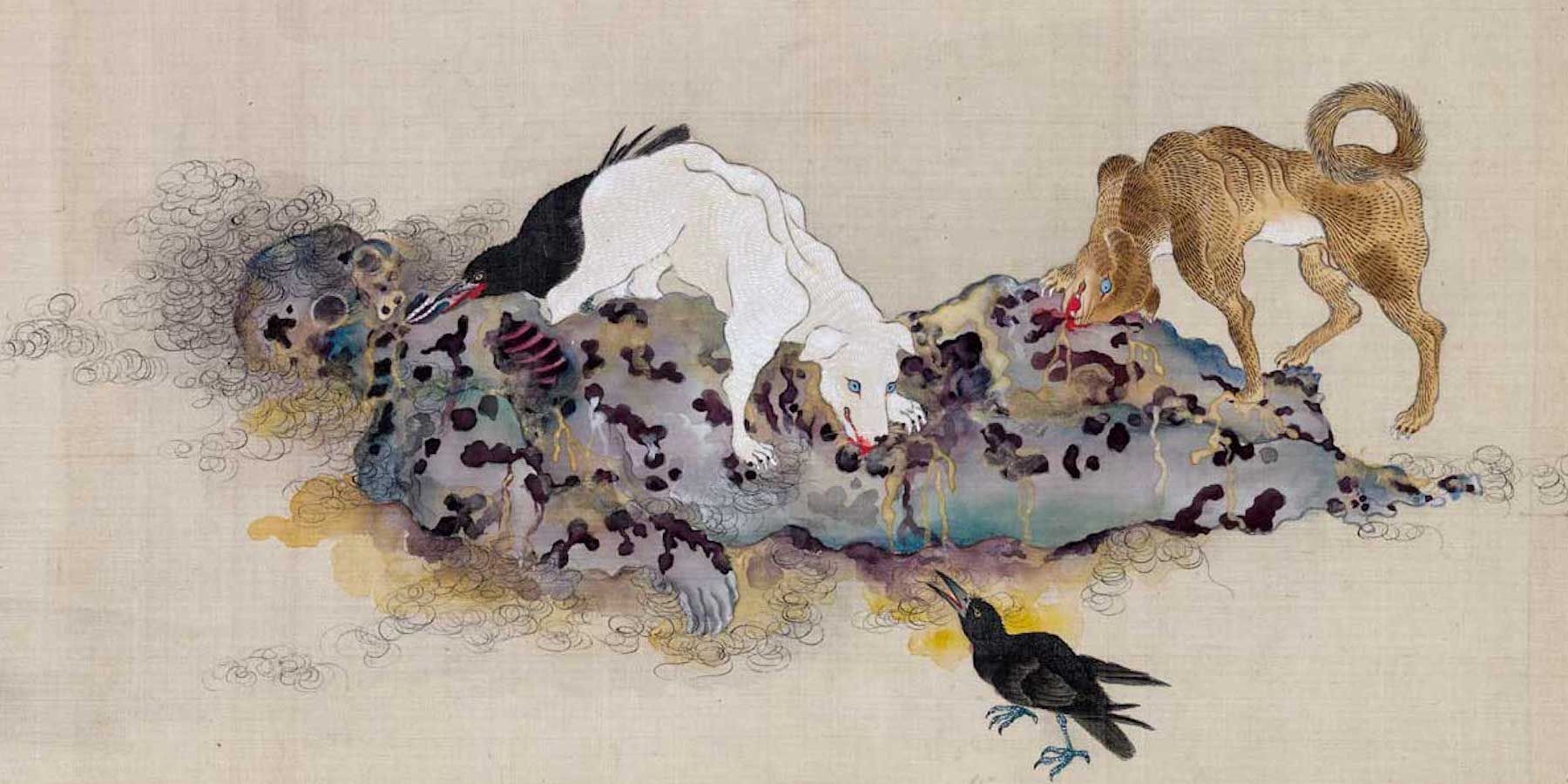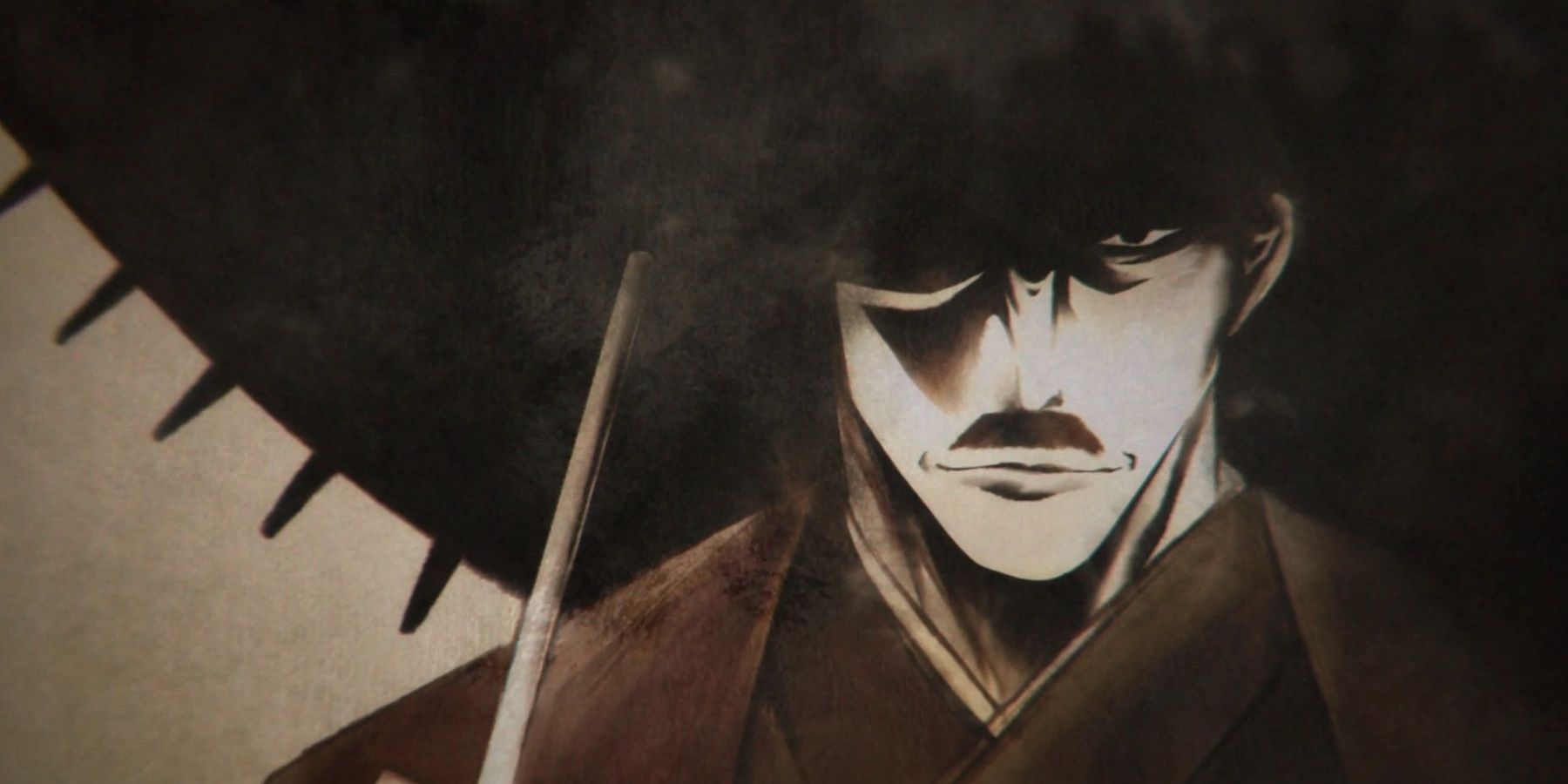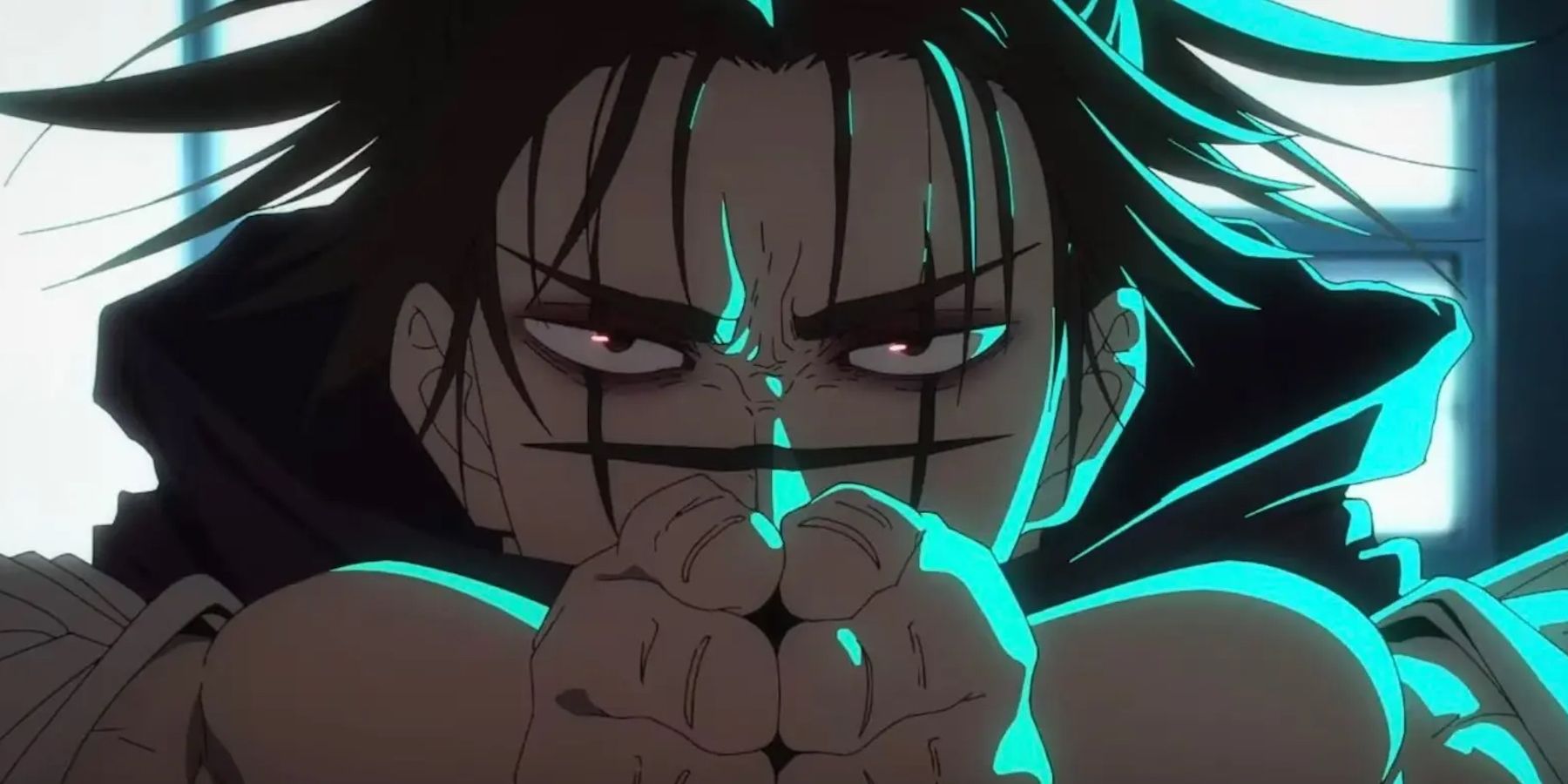Highlights
- The Cursed Womb: Death Paintings are mysterious objects made from the blood of both a human and a cursed spirit, making them powerful and unique in the Jujutsu Kaisen world.
- The inspiration for the Death Womb Paintings comes from a Buddhist style of painting called Kusōzu, which depicts the stages of decomposition of the human body.
- The Death Painting Wombs were created as a result of terrible experiments conducted by the evil sorcerer Noritoshi Kamo, and they hold no prejudices and only care about each other. They have become central figures in the story, with their fights being fan favorites and their impact on the direction of the series still to be seen.
In Jujutsu Kaisen, there are both humans and Cursed Spirits, and everything in the show can fall into these two categories. Well, that would be the case if it weren't for the anomalies that are the Cursed Womb: Death Paintings.
The Death Painting Wombs are mysterious cursed objects that are made from the blood of both a human and a cursed spirit. All nine wombs are considered special-grade level, making them a potent threat or ally, depending on which side they choose to be on. Neither fully human nor fully a cursed spirit, these fascinating wild cards of the Jujutsu Kaisen world are not only incredibly influential on the tapestry of the current story, but also have an interesting tale behind them in both the show and in the real world.
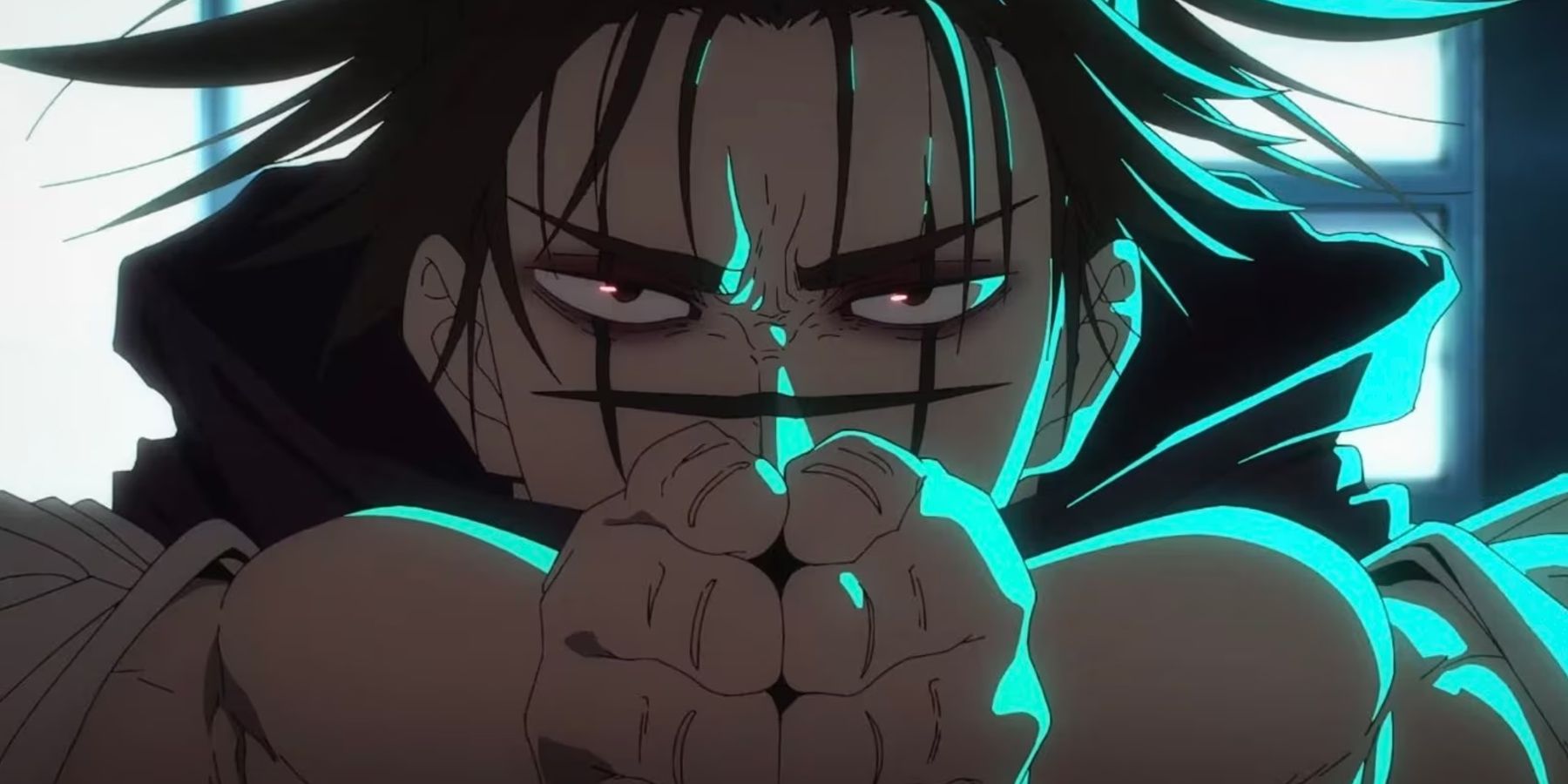
Jujutsu Kaisen: Who is Choso?
Who is the mysterious yet powerful half-human, half-cursed spirit; Choso?
The Inspiration Behind the Cursed Womb: Death Paintings is Rooted in Japanese Folklore
Gege Akutami, the creator of Jujutsu Kaisen, was deeply inspired by the folklore and myths of his home country of Japan, and intertwined those stories into his own work. The Death Painting Wombs are no different, as Gege's creation is directly influenced by a Buddhist style of painting called Kusôzu, which started around the 9th century in Japan and lasted until around the 19th century.
The paintings in this genre all depict the process of the decomposition of the human body. The stages of decomposition are named Choso, Eso, Kechizuso, Nouranso, Shouoso, Tanso, Sanso, Kotsuso, and Shoso. These are also the exact names of each of the Cursed Womb: Death Paintings as stated in the manga.
The Results of Noritoshi Kamo's Terrible Experiments
Back in the Meiji Era in Japan, there was a woman who gave birth to something unfathomable. This lady was carrying a being who had the genetics of both a curse and a human. The woman fled to a temple to give birth, and jujutsu sorcerers helped to deliver the child.
However, when Noritoshi Kamo, the evilest sorcerer in history (while being the host body of Kenjaku), found out about this, he imprisoned both the woman and the child to run horrifying experiments on them. During the experiments, the woman became pregnant with nine cursed wombs, all of which were aborted to preserve the wombs in a fetal state. The wombs are understood to have three parents: the mother, the cursed spirits who impregnated her, and Noritoshi/Kenjaku, since he inserted his blood into the wombs as part of the experiments.
All the wombs were recovered by Jujutsu High at an unknown point afterward and were sealed in the cursed warehouse on campus, which is concealed by Master Tengen's barrier. After being sealed for 150 years in Jujutsu High, the wombs only survived because they knew of each other's existence, and lived on for each other. The Death Womb Paintings have no recollection of their mother, nor do they hold any prejudices against anyone. They only care about one another.
The wombs were all safely sealed in the cursed warehouse until the Goodwill Event invasion at Tokyo Jujutsu High. During the invasion, Mahito and Kenjaku were able to get into the cursed warehouse and find the cursed objects, murdering the guards in the process and escaping with the first three Death Painting Wombs.
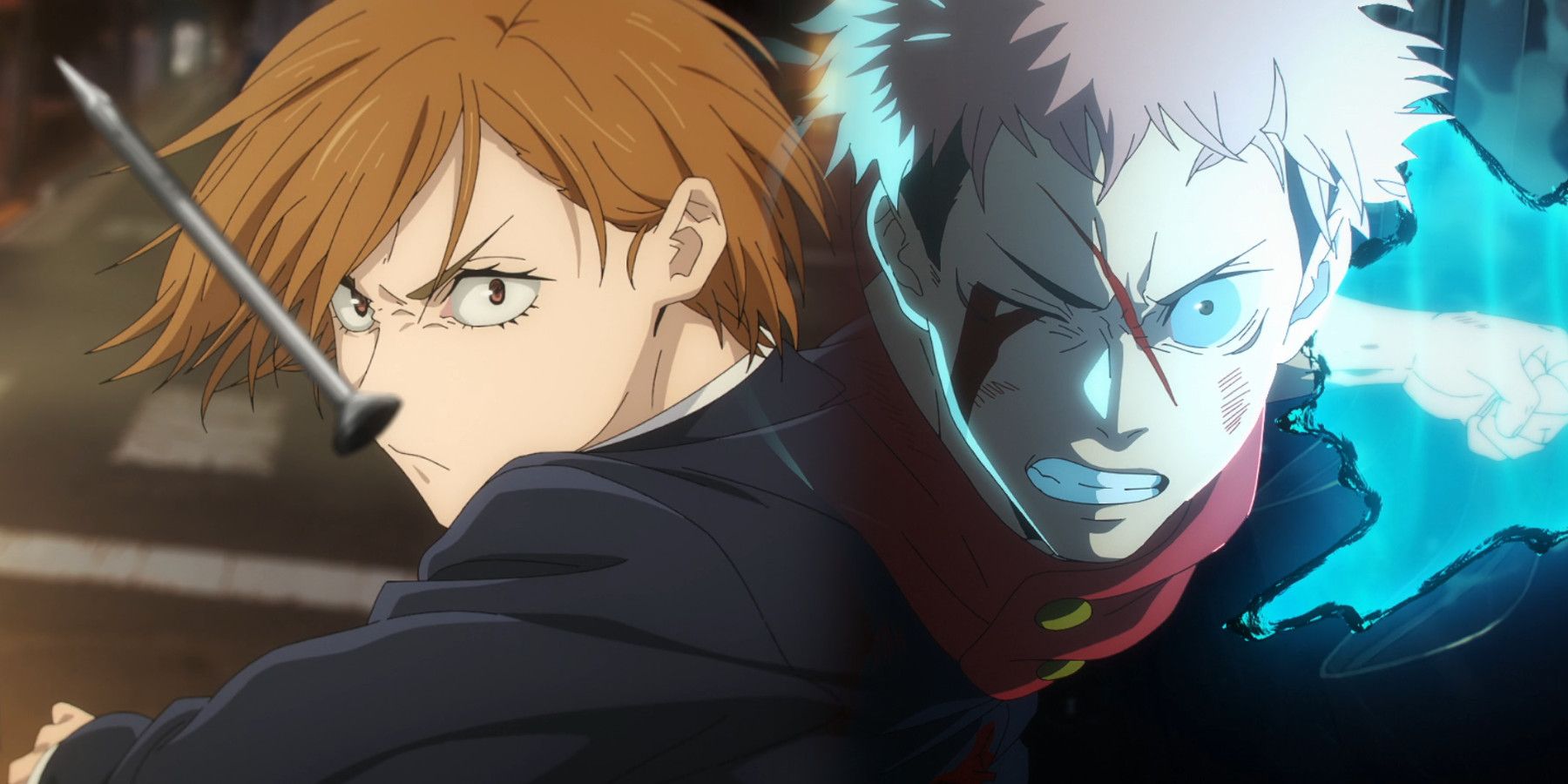
Jujutsu Kaisen: The Fleeting, Potent Friendship Between Itadori and Kugisaki
With another terrible fatality looming over the cast, this is a look back at the makings of one of Jujutsu Kaisen's best friendships.
What Happens When Death Paintings Are Put Into A Vessel?
After stealing the first three Death Painting Wombs using the distraction of the Goodwill Event invasion, Mahito quickly brought the wombs to life by giving them a living human to take over. All three of the Cursed Womb: Death Paintings have a blood-related technique thanks to Noritoshi/Kenjaku's blood, which passed on the blood-related abilities that the Kamo Family is known for. The only one who has the specific blood manipulation technique that is sacred to the Kamo family, however, is Choso.
Once Death Womb Paintings are incarnated through a vessel, they can be seen by both sorcerers and non-sorcerers thanks to the fact that they are both human and cursed spirit. Eso and Kechizu were the first to reveal themselves to the world, fighting Yuji Itadori and Nobara Kugisaki, who dispatched the Death Painting Wombs after an intense battle. Upon hearing of his brothers' demise at the hands of Itadori and Kugisaki, Choso swore revenge on both of them.
Choso fought Yuji during the Shibuya Incident arc and won, but shortly after his victory he was plagued by memories that didn't exist of Yuji having lunch with him and his deceased siblings. After experiencing the false memories, Choso acknowledges Yuji as his sibling, and goes off to collect the rest of his six siblings that are still cursed objects.
The Cursed Womb: Death Paintings are aberrations that serve to add another layer to Jujutsu Kaisen's already intricate story line. The Death Painting Wombs have already had a significant impact on the anime, as the fights involving them are considered to be fan favorites. As the series progresses in both the anime and the manga, it will be interesting to see how these wild cards impact the direction of the story.
Jujutsu Kaisen is available to stream on Crunchyroll.

